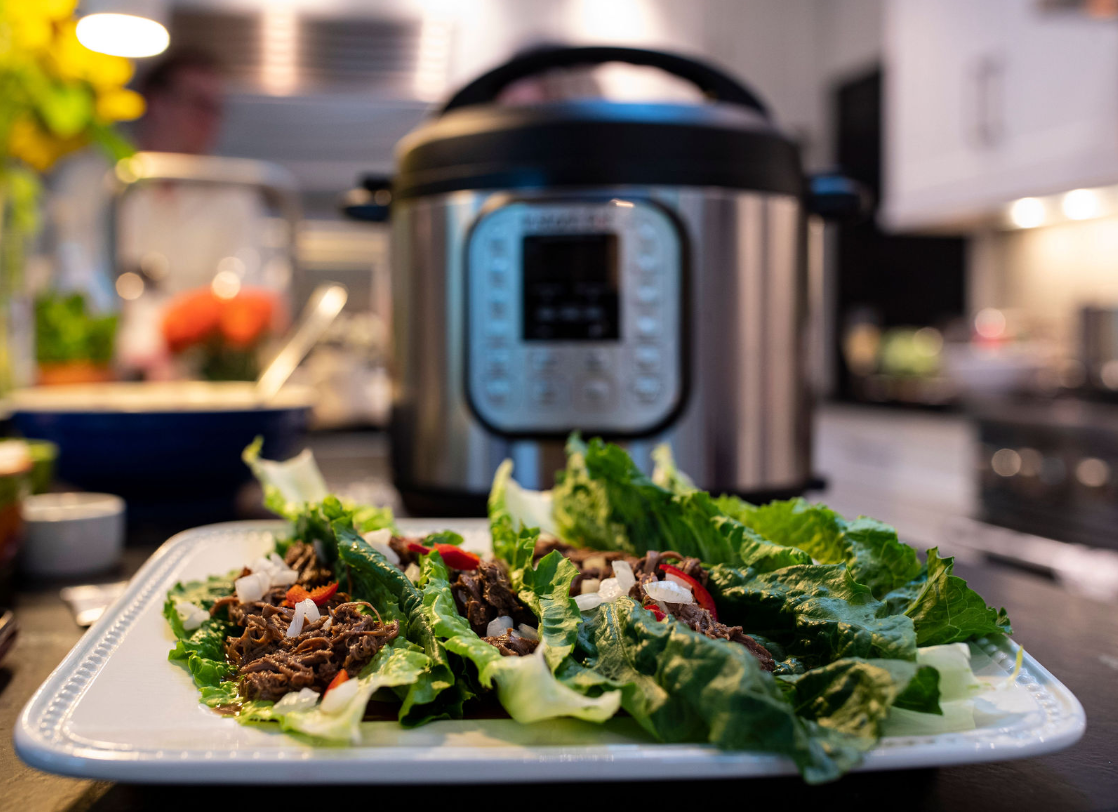Multi-Cooker 101

What is the difference between a slow cooker, a pressure cooker and a multi-cooker?
Slow cookers, as their name suggests, are appliances designed to cook slowly. They typically have a crockery pot insert, and heating elements in the sides and bottom, so the food inside the pot gets surrounded by heat. They often have a timer, and some have a ‘keep warm’ setting when the food is cooked so it is ready to serve at any time.
Pressure cookers, on the other hand, are appliances designed to cook quickly. They typically have a pot with a pressure valve and a semi-sealed, lockable lid. Lots of steam increases the pressure inside the pot, which raises the temperature of the water in your ingredients. This dramatically decreases the amount of time it takes your food to cook.
Multi-cookers, combine ‘slow cook’, ‘pressure cook’ and many more functions. A “multi-cooker” is a generic term for the very popular electrical appliance gracing our countertops. The word “multi” refers to the modes of cooking available in this single pot, including sauté, slow-cook and pressure cook functions. Cooking is automated using a timer.
We refer to the multi-cooker as “the slow cooker’s Millennial cousin.” Some of the more popular brands are Instant Pot®, KitchenAid®, and Fagor®.
Why choose a multi-cooker?
The multi-cooker replaces the need for a stove for suitable recipes. Because it is electric it has a sauté function and has a timer, it can do the heavy lifting in the kitchen without having to pour over a hot stove allowing you the freedom to do something else. The beauty of the appliance is that it affords you the flexibility to choose the most suitable time to prepare your meals. For example, you can slow cook our Chicken Tortilla Soup over 6 hours, or pressure cook it in 6 minutes! Dinner is done!
Slow cooking vs. pressure cooking
Where slow cooking lets you disappear for the day while it works its magic, pressure cooking has it done in (almost) an instant.
Slow cooking works at much lower temperatures in the pot so that your meal can cook low and slow. Pressure cooking works on the basis that the steam trapped inside the pot increases the atmospheric pressure inside the cooker which in turn increases the boiling point of water to 250°F. This higher temperature is what cooks food faster!
| PROS | CONS | |
|
SLOW COOKER |
|
|
|
PRESSURE COOKER |
|
|
